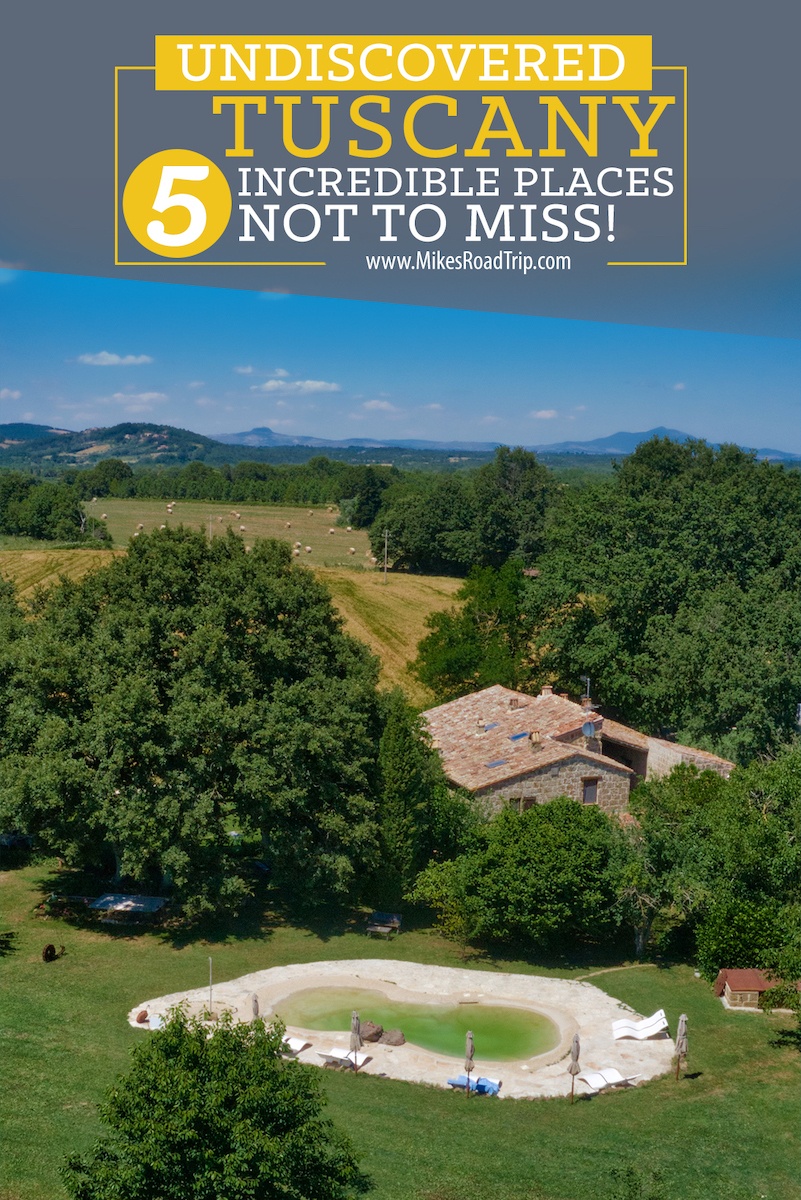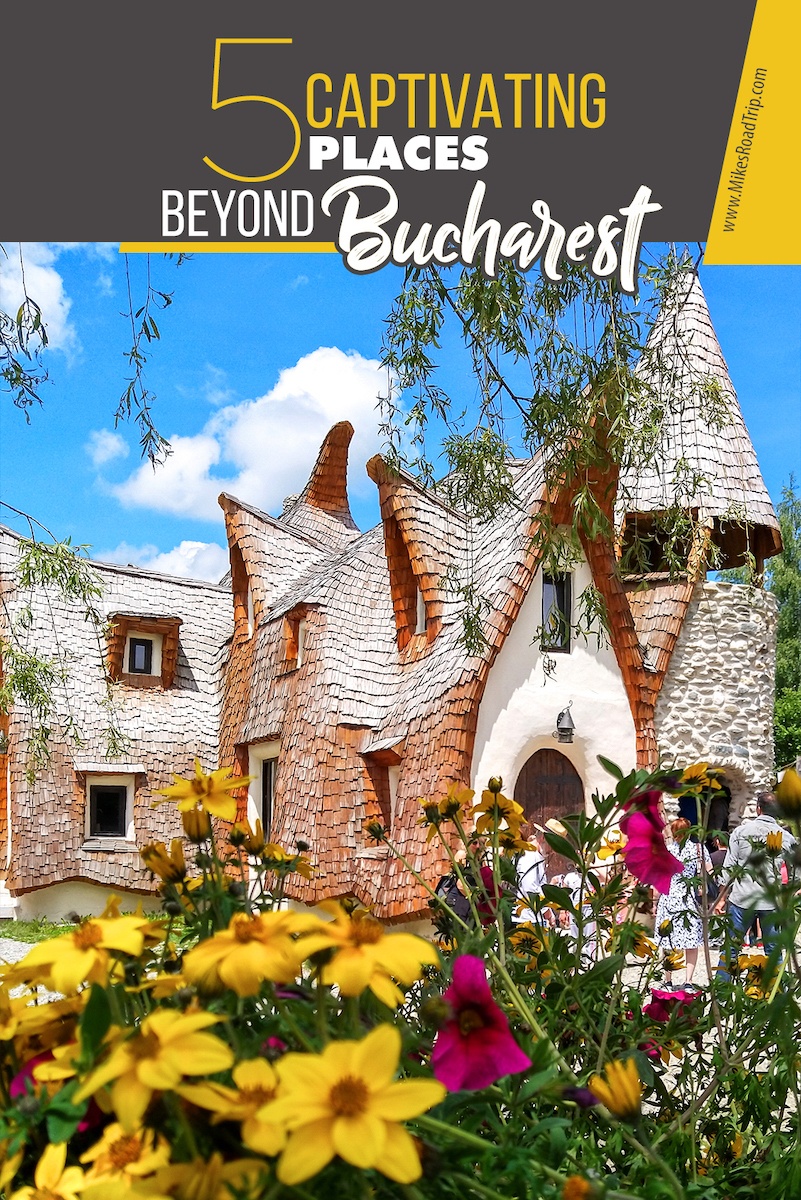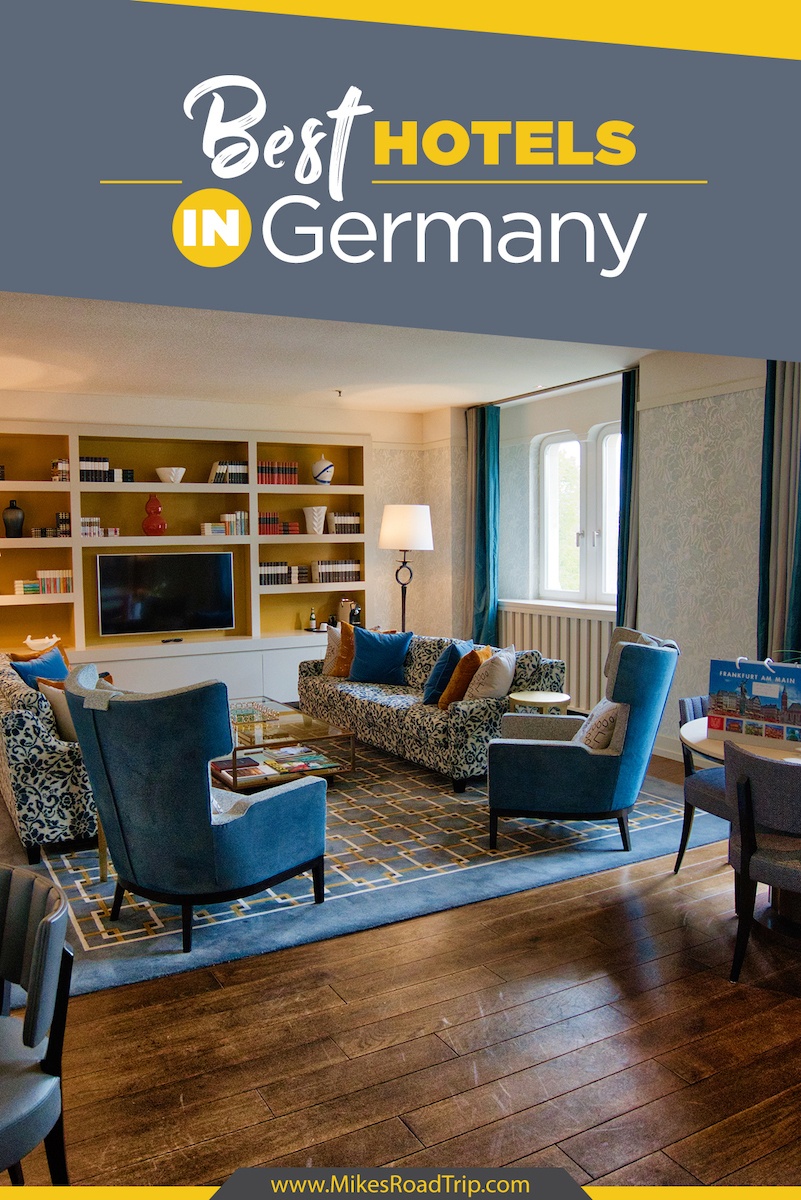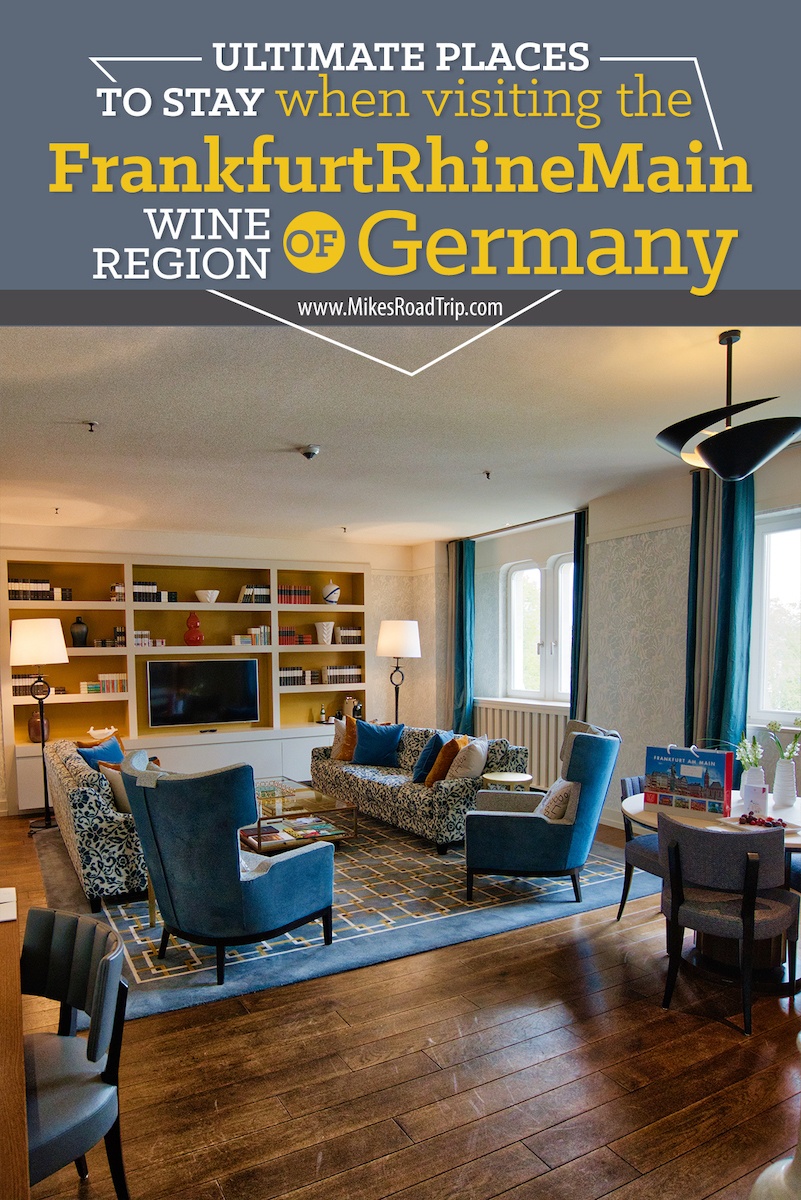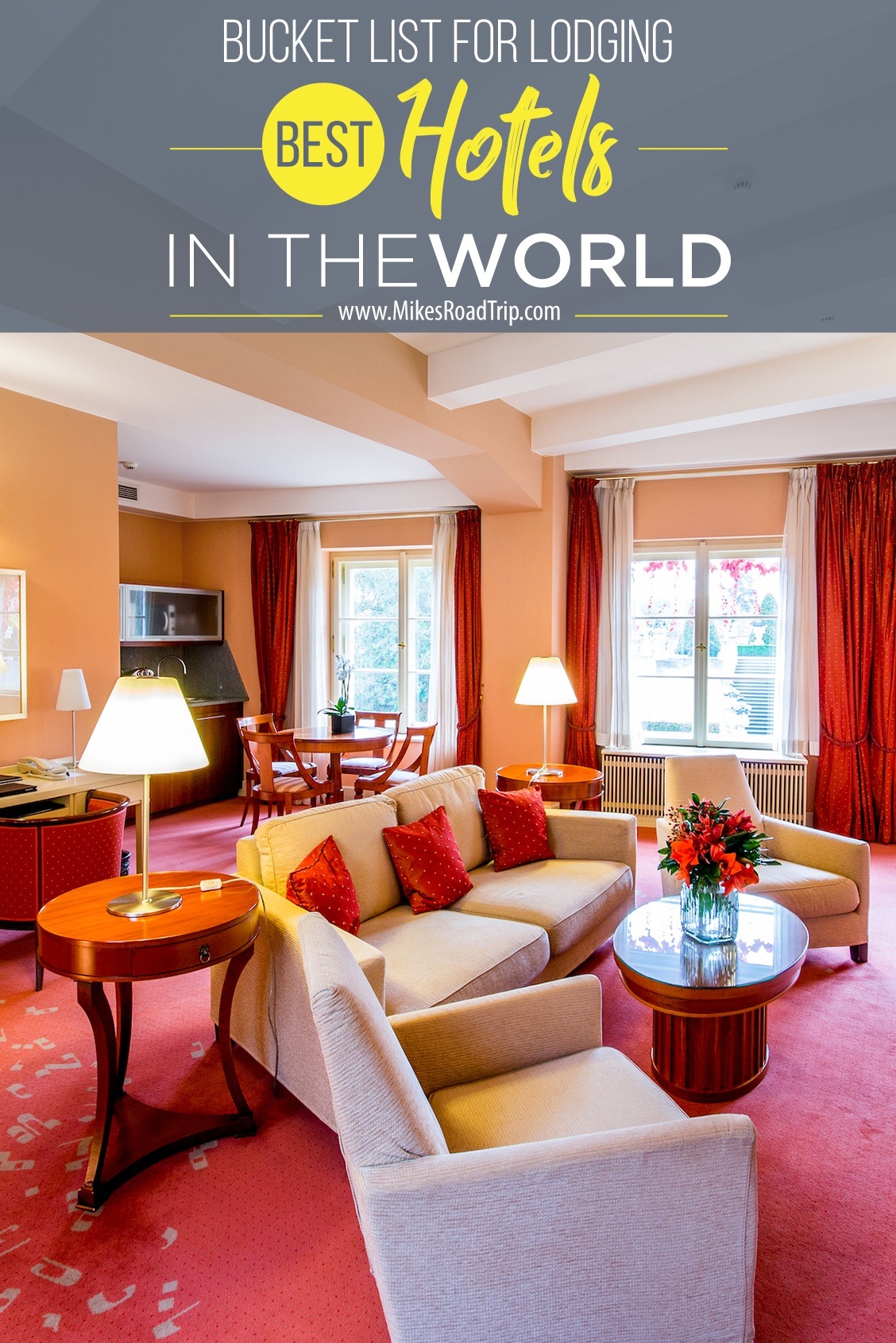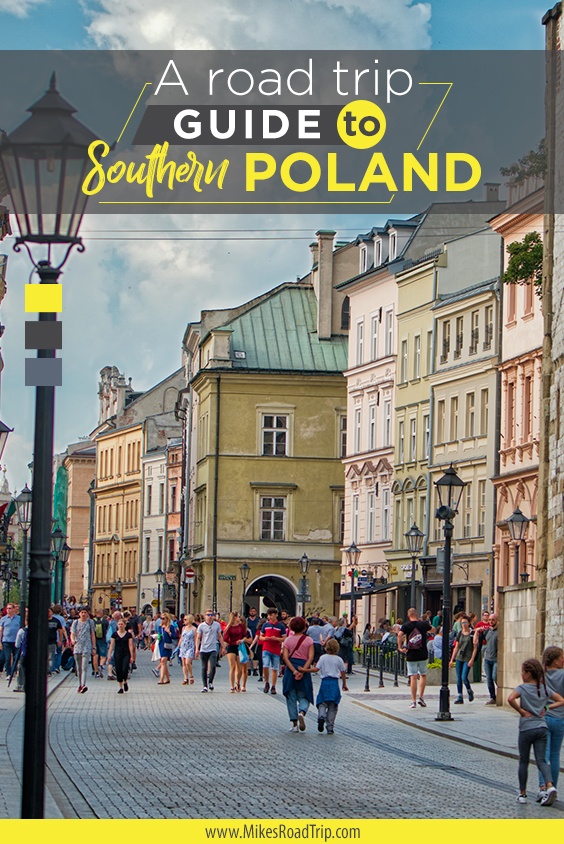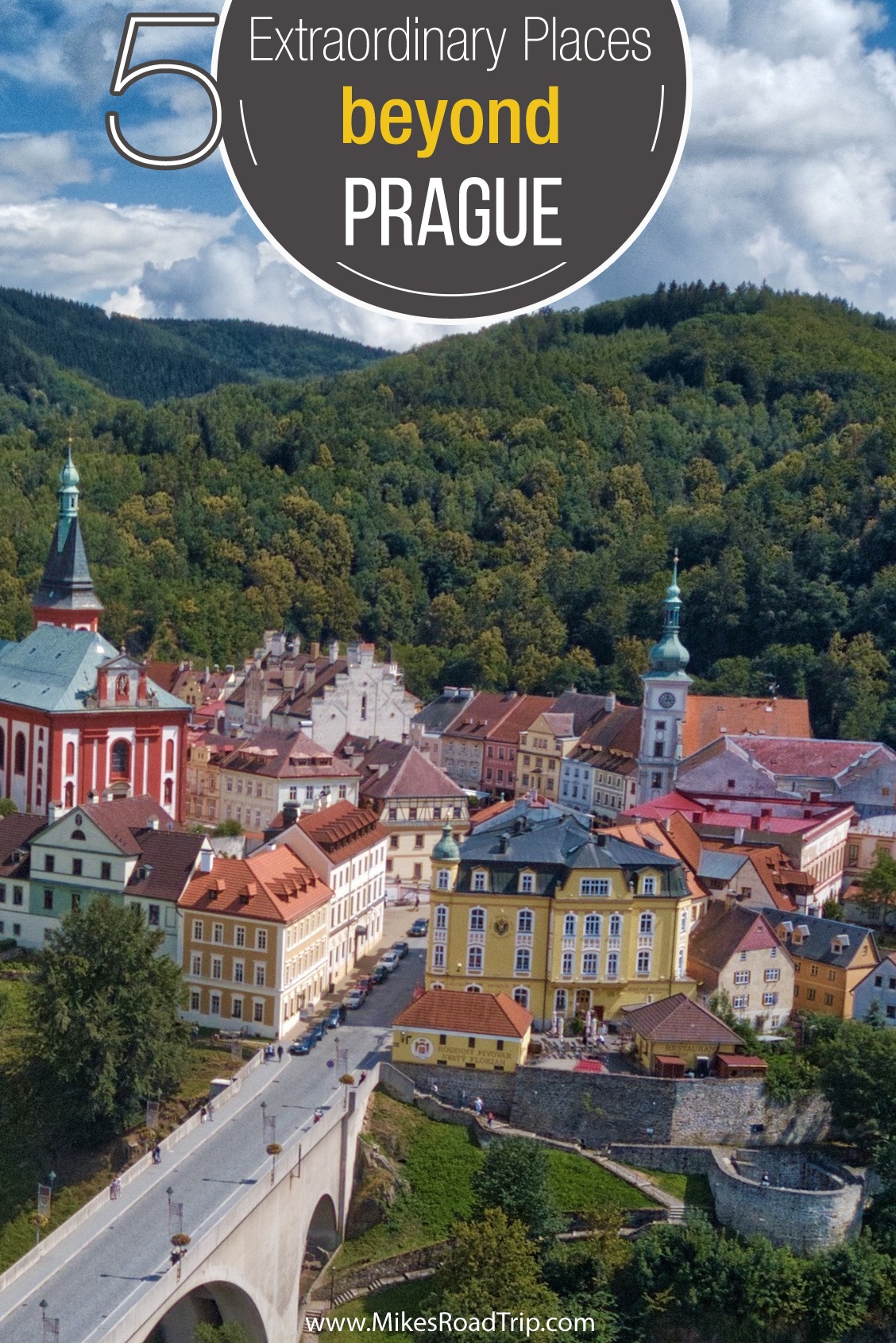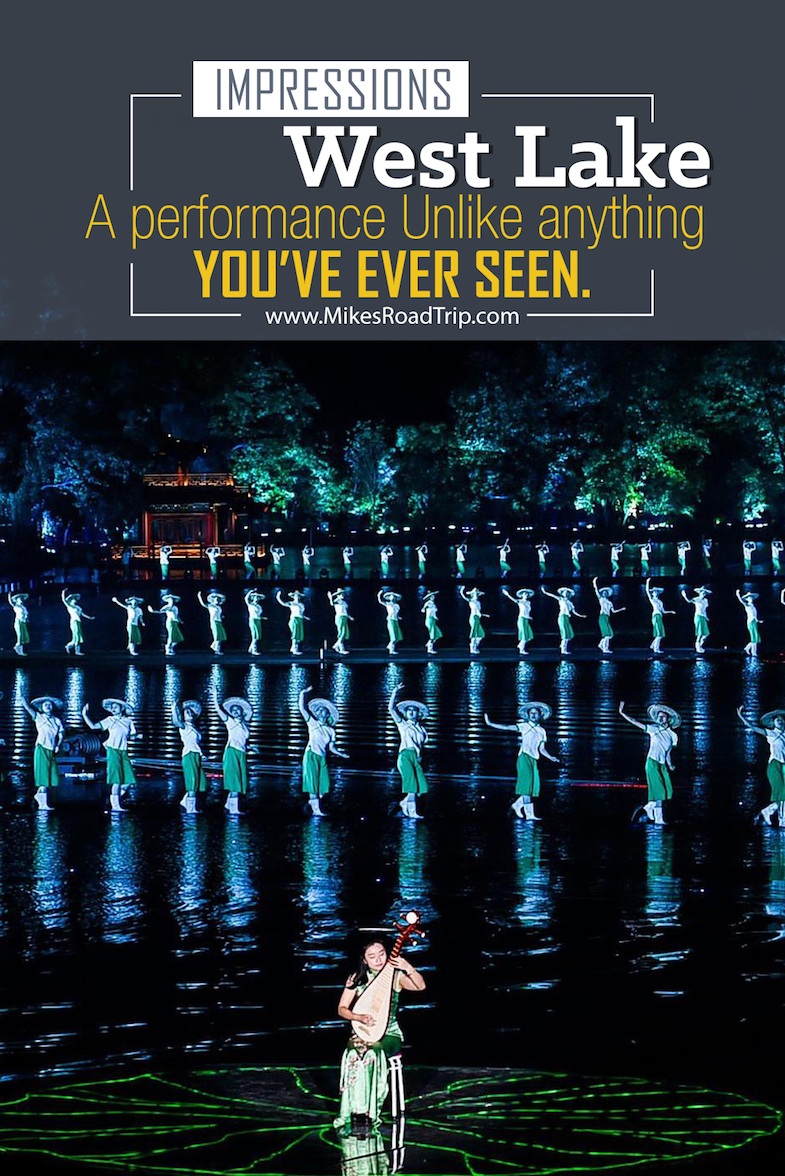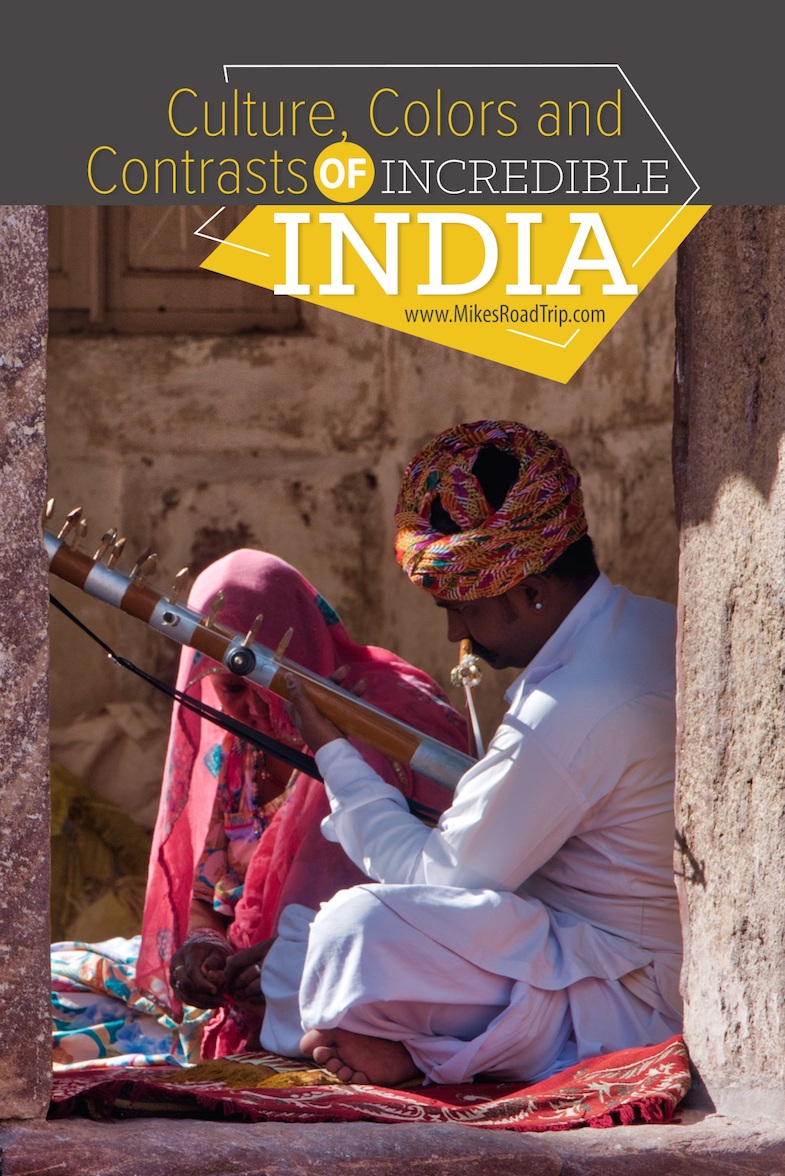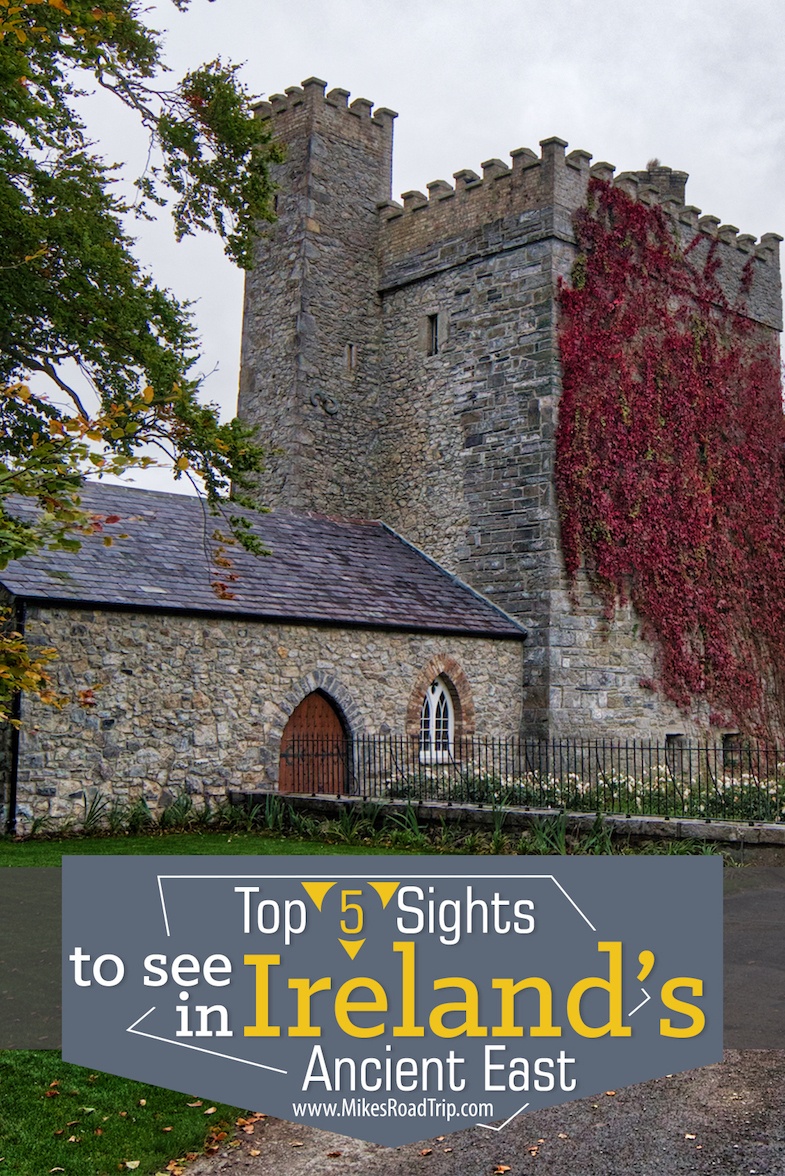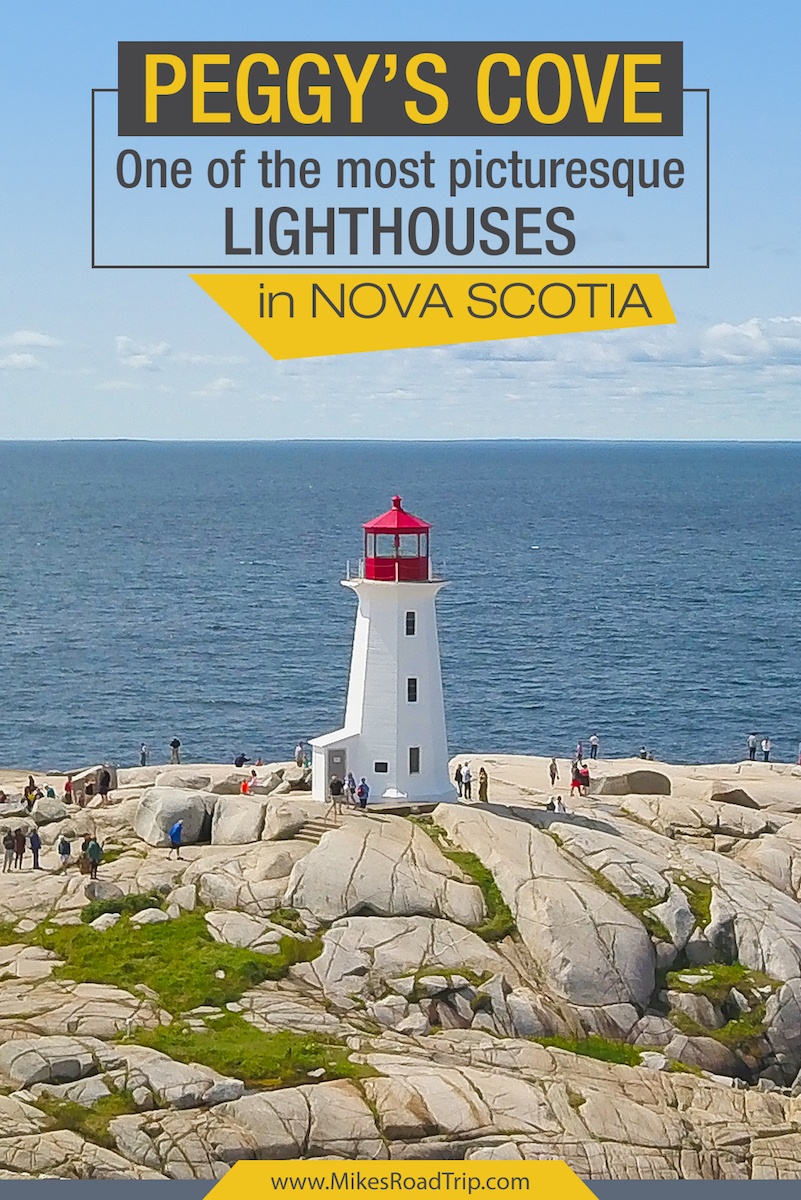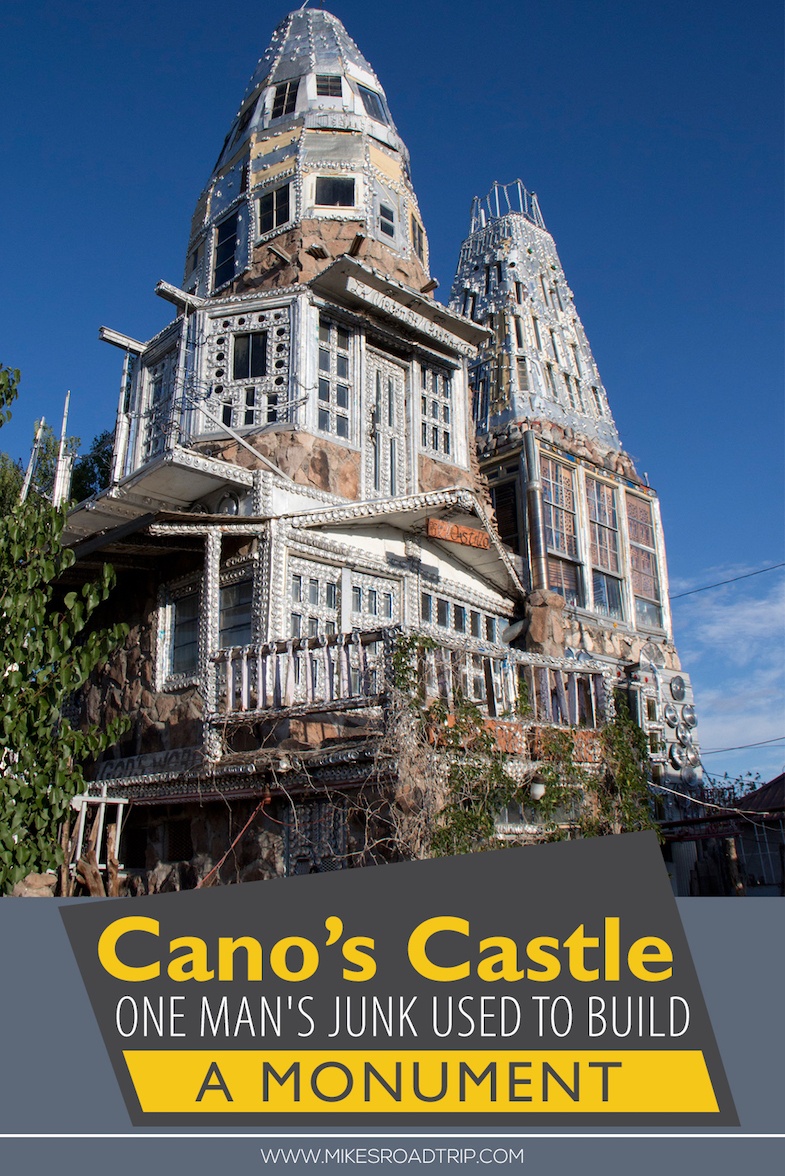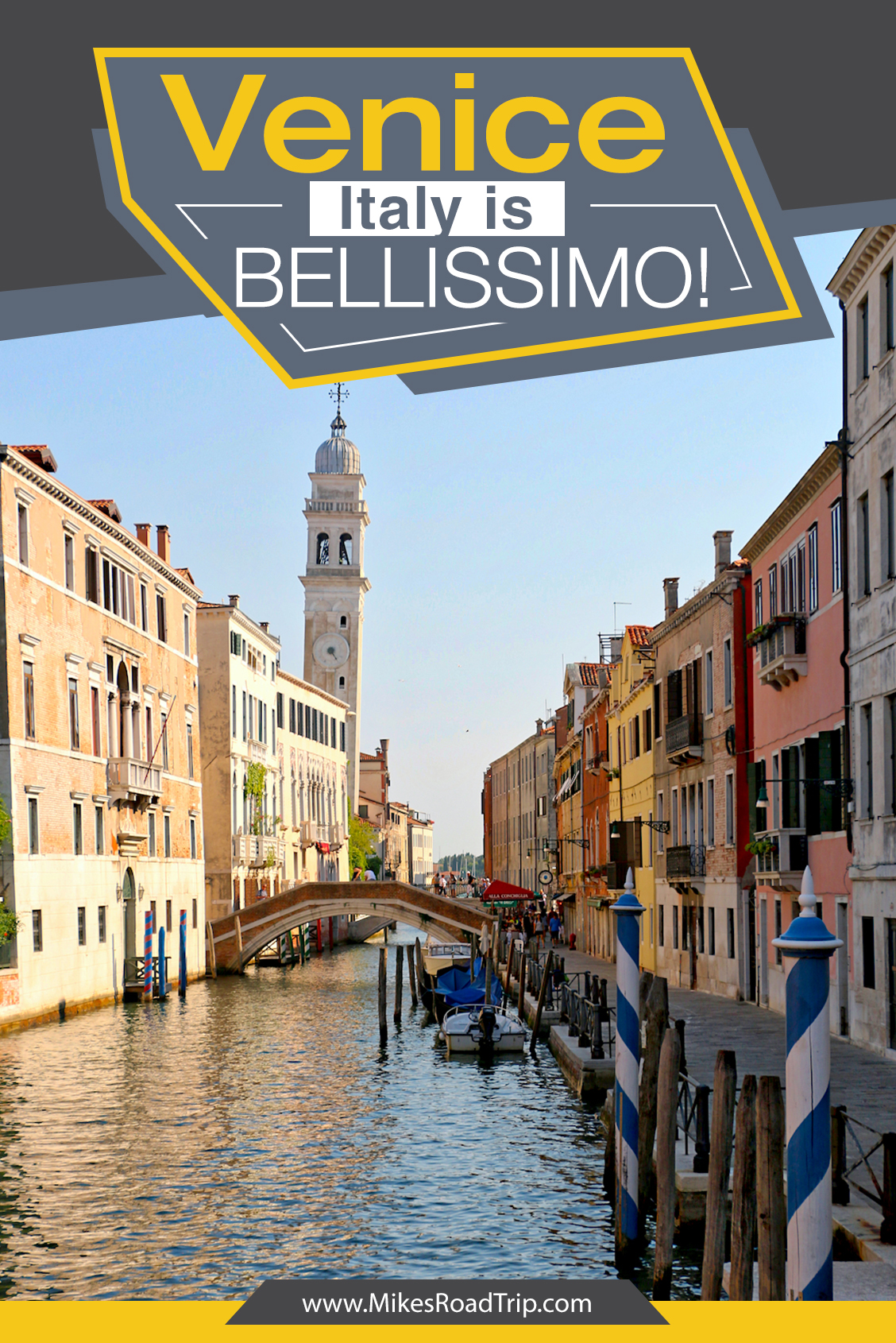Carriage Green: Unveiling the Myth and History of Paris’s Iconic Hue
Paris, the city of lights and love, is also known for its iconic green benches, chairs, fences, and signs. This distinctive green, often referred to as “Carriage Green,” is a signature feature of the city’s public furniture and fixtures. But, have you ever wondered about the story behind this ubiquitous color? Let’s dive into the legend, and the facts, surrounding this captivating shade.
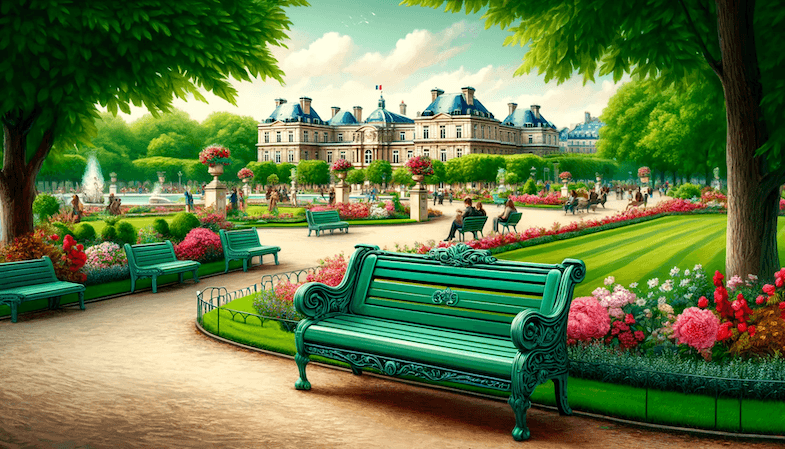
The Myth: A Dark Day in French History
Legend has it that Carriage Green has its roots in one of the most turbulent times in French history—the French Revolution and the beheading of King Louis XVI. According to this story, on the fateful day of January 21, 1793, King Louis XVI began his day being dressed and attended to by his valet. He was then transported in a green carriage to the Place de la Révolution, now known as Place de la Concorde, where a large crowd awaited to witness his execution.
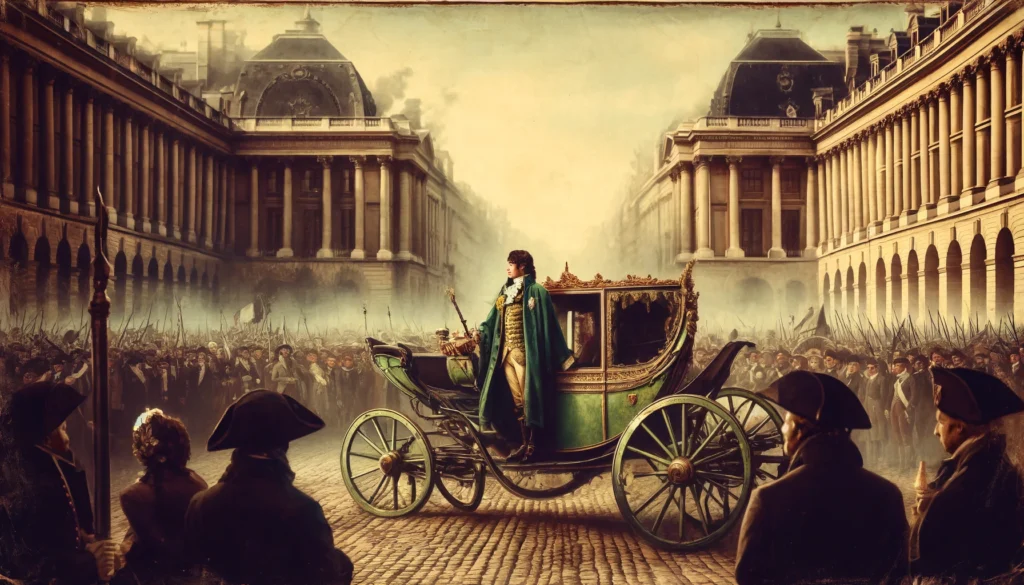
As the story goes, the King stepped out of the green carriage and offered himself to his executioners without delay. His beheading was carried out swiftly, amidst the cheers of the gathered crowd. The sight of the green carriage on that grim day supposedly left a lasting impression, and the term “Carriage Green” was born.
This tale, while gripping, is likely more fiction than fact. Yet, it adds a layer of intrigue to the already rich tapestry of Paris’s history. Now, let’s move beyond the myth and uncover the true origins of Carriage Green.
The Facts of Carriage Green: A Tradition of Elegance and Practicality
The use of green for public furniture and fixtures in Paris, especially the shade known as “Paris Green” or “Récamier Green,” became prevalent in the 19th century. This tradition was largely established during the reign of Napoleon III, who spearheaded the extensive renovation and beautification of Paris. He enlisted the services of Georges-Eugène Haussmann, the prefect of the Seine, and landscape architect Jean-Charles Alphand, to transform Paris into a modern and aesthetically pleasing metropolis.

Alphand, tasked with designing many of Paris’s parks and gardens, chose this specific shade of green for several practical and aesthetic reasons. The green color blended seamlessly with the natural surroundings of trees and foliage, providing a visually harmonious environment. Additionally, this shade of green masked dust and dirt well, making it a practical choice for outdoor furniture that required minimal maintenance.
The consistent use of this color helped unify the city’s outdoor aesthetic, creating a distinctive and elegant look that became synonymous with Parisian charm. Over time, this green became an integral part of the city’s identity, adorning park benches, garden chairs, fences, and even metro signs.
The Green of Cultural Heritage
One of the most enduring symbols of Parisian culture is the bouquinistes along the Seine River. These booksellers, who have been selling rare books, prints, and other treasures since the 16th century, are another key element of the city’s green tradition. Their iconic boxes are painted in the same shade of green, known as Carriage Green, and this practice has been maintained for centuries. Today, it is against the law to paint these boxes any other color, emphasizing the importance of this hue in preserving the cultural heritage of Paris.
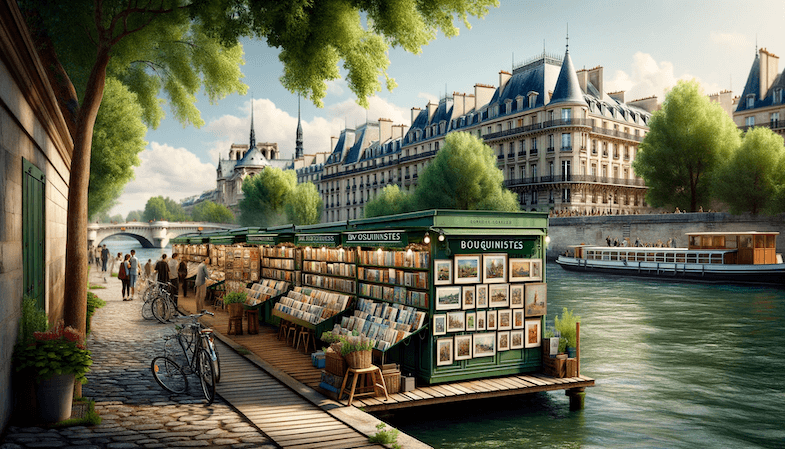
The bouquinistes, with their green boxes lining the riverbanks, are a testament to the enduring legacy of Carriage Green. They offer a picturesque and nostalgic glimpse into the city’s literary and cultural past, making them a must-visit for anyone exploring Paris.
The Legacy of Carriage Green
Walking through the streets of Paris, one cannot help but notice the cohesive beauty of the city’s green public furniture and fixtures. This uniformity not only adds to the city’s charm but also serves as a reminder of its historical and cultural journey.
While the story of King Louis XVI’s green carriage may be more legend than truth, it adds a layer of intrigue to the city’s aesthetic. The real story of Carriage Green, however, lies in the thoughtful planning and design choices of the 19th century that aimed to create a harmonious and practical urban environment. Today, this tradition continues to define the visual identity of Paris, making it one of the most beautiful and enchanting cities in the world.
So, the next time you find yourself in Paris, France, take a moment to appreciate the green benches, chairs, and signs. Whether you’re relaxing in the serene Luxembourg Gardens, strolling along the bustling Champs-Élysées, or perusing the bouquinistes by the Seine, you’ll be surrounded by the timeless elegance of Carriage Green. This iconic hue is not just a color; it’s a symbol of Paris’s rich history, cultural heritage, and enduring beauty.










![Top-5 Best Places to visit in Belgium beyond Brussels [video included]](https://mikesroadtrip.com/wp-content/uploads/2020/07/Pin-6b.jpg)
![Top-10 Most Interesting Facts about Arizona [Video Included]](https://mikesroadtrip.com/wp-content/uploads/2020/07/Pin-2.jpg)





